搜索

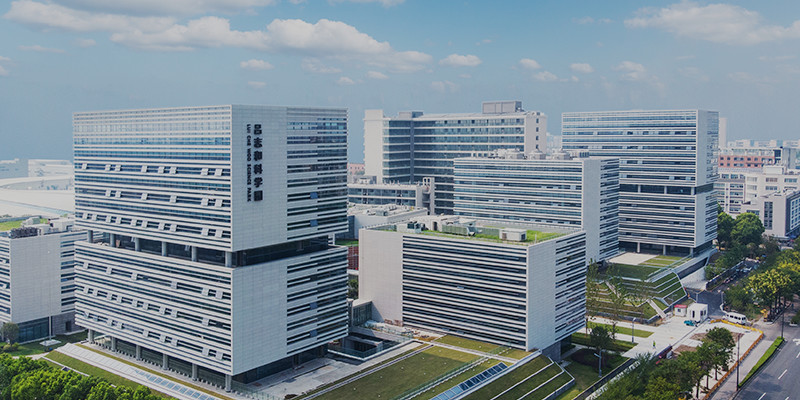
Research Background
Ferroelectric materials find extensive applications in electronic and optoelectronic devices due to their unique self-polarization properties and reversibility under external electric fields. Technological advancements demand increasingly smaller dimensions for ferroelectrics to accommodate higher-density device integration. However, traditional three-dimensional (3D) ferroelectrics face challenges such as depolarization and surface reconstruction when scaled down to one-dimensional (1D) dimensions, limiting their ferroelectric performance. One-dimensional ferroelectric materials, with their unique physical properties such as high surface energy and ease of forming single-domain polarization structures, demonstrate immense potential in fields including non-volatile memory devices, nanogenerators, and nonlinear optics.
Research Highlights
Recently, Professor Huang Fuqiang from the Zhangjiang Advanced Research Institute at Shanghai Jiao Tong University, in collaboration with Professor Li Yang from Harbin Institute of Technology, Professor Gou Gaoyang from Xi'an Jiaotong University, and Professor Lin Junhao from Southern University of Science and Technology, published a paper titled “Above-Room-Temperature Ferroelectricity and Giant Second Harmonic Generation in 1D vdW NbOI3.” The research team successfully synthesized linear NbOI₃ single crystals via chemical vapor transport deposition. Utilizing cryo-electron microscopy, X-ray diffraction, Raman spectroscopy, piezoelectric force microscopy (PFM), and first-principles calculations, they revealed NbOI₃'s quasi-one-dimensional structure, ferroelectric behavior, and optical properties. Figure 1 presents schematic diagrams of NbOI₃'s quasi-one-dimensional van der Waals crystal structure, aberration-corrected transmission electron microscopy (TEM) atomic-layer images, polarized Raman spectra, and X-ray diffraction patterns, fully confirming its one-dimensional structural characteristics. Figure 2 presents ferroelectric property measurements of mechanically exfoliated NbOI₃ nanowires, revealing distinct hysteresis loops that confirm one-dimensional ferroelectric ordering arising from Nb displacement along Nb-O chains. Furthermore, second harmonic generation (SHG) measurements at various temperatures demonstrate that NbOI₃ exhibits SHG response up to 450 K, indirectly indicating a Curie transition temperature T_c = 450 K. As shown in Figure 3, NbOI₃ exhibits a giant SHG polarizability of up to 1572 pm V^(−1) under excitation at 810 nm. At 2.06 GPa, the SHG polarizability of NbOI₃ nanowires increases to 5582 pm V^(−1), significantly surpassing that of other low-dimensional nonlinear optical materials. Figure 4 shows the evolution of Raman spectra and X-ray diffraction patterns under high pressure. It is evident that under pressure, oxygen atoms migrate along the Nb-O atomic chains, increasing the Baur distortion of the [NbO₂I₄] octahedra and thereby enhancing the SHG response.
This study not only discovers a novel class of one-dimensional van der Waals ferroelectric materials but also significantly enhances their nonlinear optical response through in situ high-pressure treatment. It provides crucial material foundations and theoretical guidance for developing novel ferroelectric memory devices, nonlinear photonic devices, and optoelectronic devices.
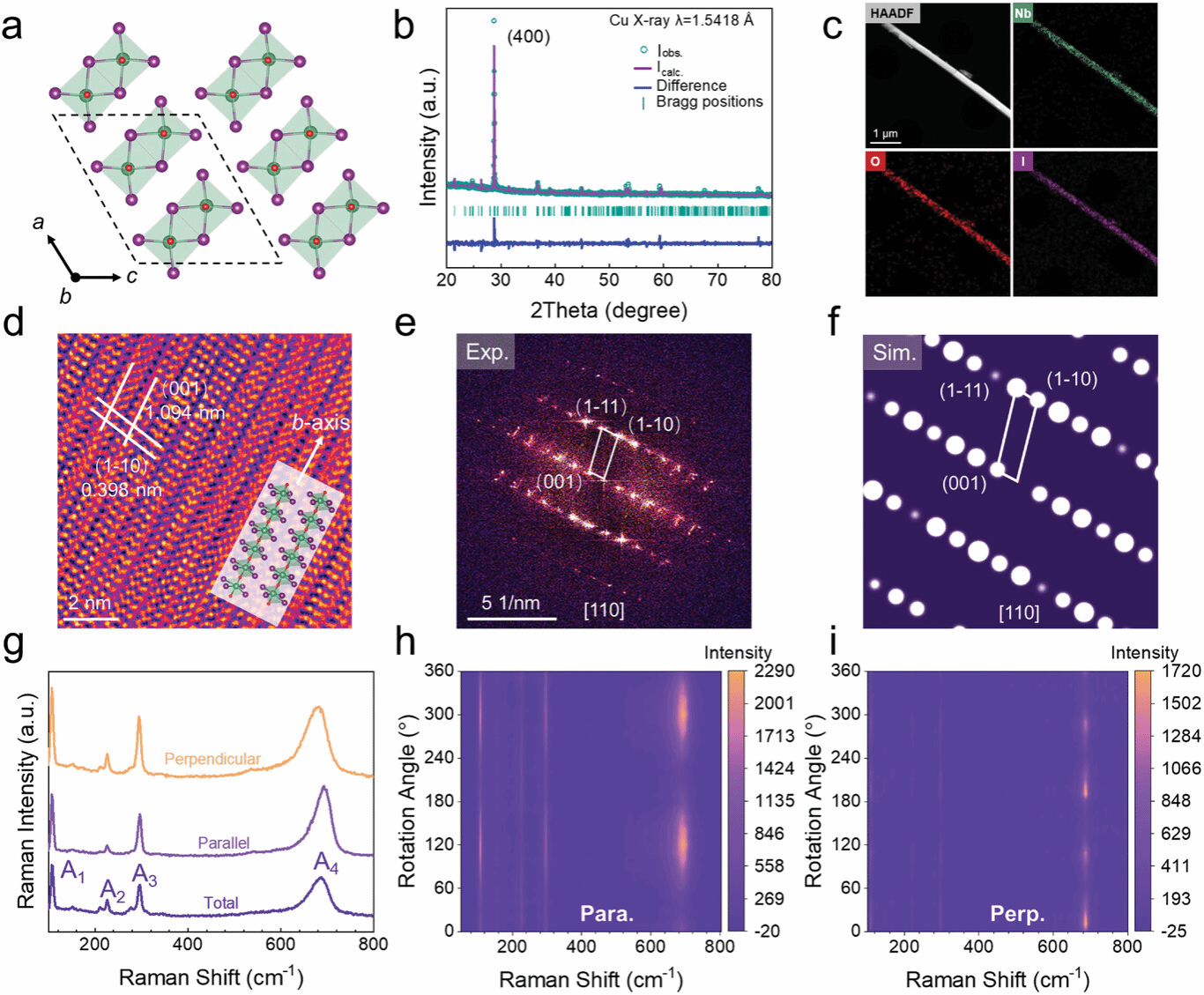
Figure 1. Structural characterization of one-dimensional vdW NbOI₃.
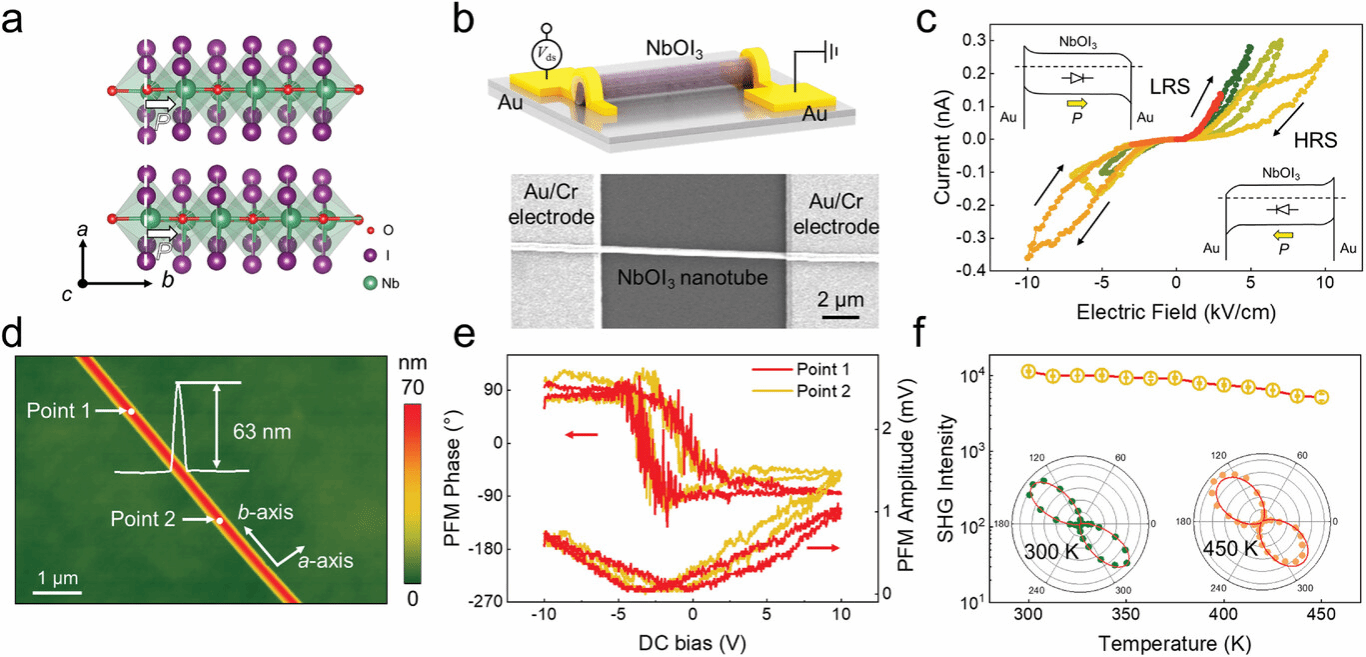
Figure 2. Structural characterization of one-dimensional vdW NbOI₃.
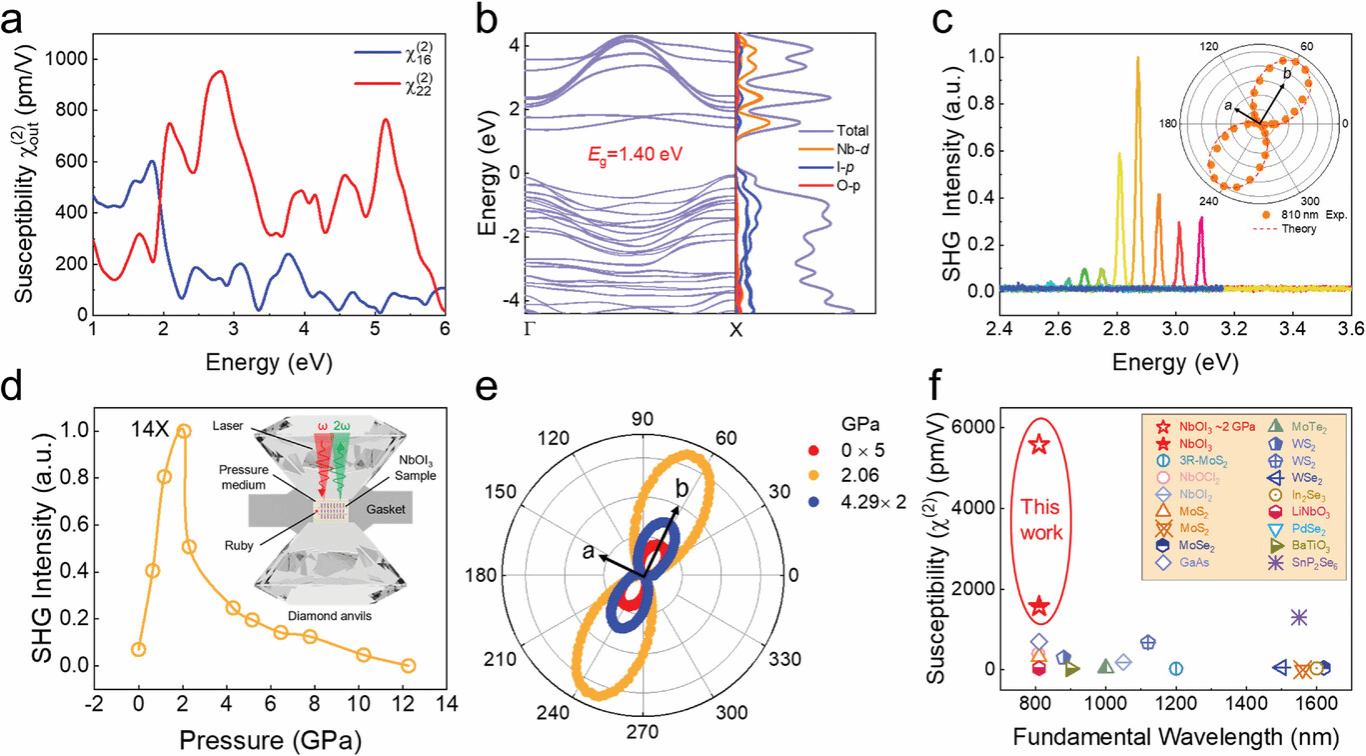
Figure 3. Giant nonlinear second harmonic generation response of one-dimensional vdW NbOI₃.
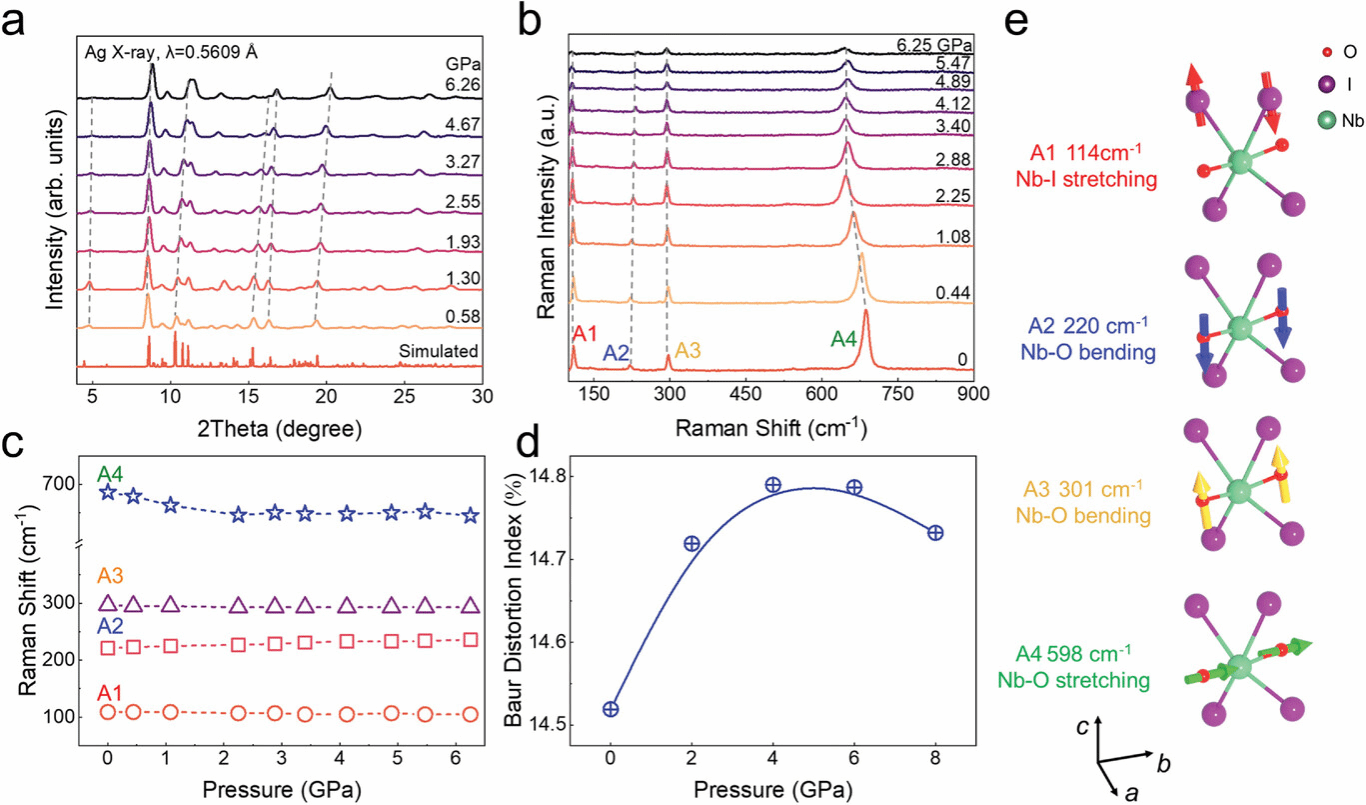
Figure 4. Characterization of high-pressure structures.
The corresponding authors of this paper are Professor Huang Fuqiang from Shanghai Jiao Tong University, Professor Li Yang from Harbin Institute of Technology, Professor Gou Gaoyang from Xi'an Jiaotong University, and Professor Lin Junhao from Southern University of Science and Technology. The first authors are Associate Researcher Fang Yuqiang from Shanghai Jiao Tong University, graduate student Liu Yue from Harbin Institute of Technology, Associate Professor Yang Niuzhuang from North University of China, and Dr. Wang Gang from Southern University of Science and Technology.
This work was supported by the National Natural Science Foundation of China, the Shanghai Municipal Science and Technology Commission, and the Center for Materials Innovation at Zhangjiang Advanced Research Institute.
Link: https://doi.org/10.1002/adma.202407249
Authors:
Huang Fuqiang Team
Contributing Institution:
Center for Future Materials Innovation






 Address:No.1308 Keyuan Road, Pudong District, Shanghai
Address:No.1308 Keyuan Road, Pudong District, Shanghai Phone:86-21-54740000
Phone:86-21-54740000 E-mail:zias@sjtu.edu.cn
E-mail:zias@sjtu.edu.cn